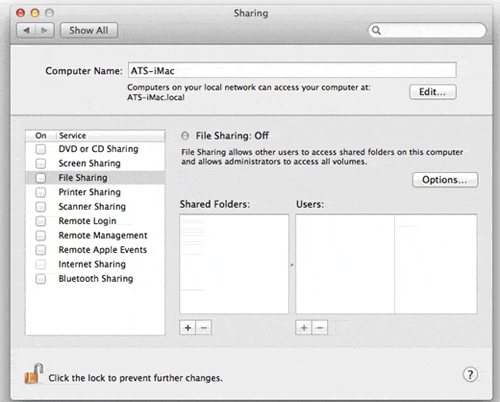Hp Scan Software Mac 10.7


Oct 11, 2012. Version 2.11 of Apple's printer and scanner driver set for HP products covers a number of products, including the Business Inkjet and Color Laserjet lines, and is built for Macs running OS X Mountain Lion, OS X Lion and Mac OS X v10.6 Snow Leopard or higher. Devices from the the Deskjet, Photosmart.
We decided to start with the Pro-100 because we remembered a remark Canon's Katsuichi Shimizu made in with Dave at the Pro-1 launch. Today's dye technology, he said, has 'a 300 year lifespan, and the fading durability is almost identical to pigment. But in the minds of photographers, a printer must be pigment-based to sell.' In our Pro-1 review we found that the pigment was not as brilliant as the dyes used in the Pro9000 Mark II so we have been anxious to try a Pro dye printer. Even if you have a Pro pigment printer, the Pro-100 might be a worthwhile addition. The $499 uses the eight-color ChromaLife 100+ dye-based ink system, which includes three monochrome inks. Sharp Aquos Adobe Flash.
Previously the Pro9000 Mark II dye-based printer included just one black ink, making the Pro-100 the first Canon dye-based printer with multiple monochrome inks. Faster than the Pro-10, Canon says the Pro-100 can print a 13x19 high-quality color, bordered image in 90 seconds and a high-quality, bordered black-and-white print in three minutes, 5.4 times faster than previous models. You might think of the Pro-100 as something of a hybrid made from the Pro-1 and the Pro9000 Mark II.
Much more compact than the Pro-1. Cartridges not tanks. Replacement cartridges are $16.99 each directly from Canon.
A complete set of inks runs $169.90, purchased individually. But Canon typically bundles replacement cartridges at a discount, although no such package was available at launch. Because the Pro-100 can print varied images on a variety of surfaces a page cost is not feasible to calculate.
From the outside, the Pro-100 looks like a smaller Pro-1 with a bit of a flare on the front panel. The paper feeds on the back are very similar to the Pro-1, as is the output tray in front. Inside, however, the printer resembles the Pro9000 Mark II.
The ink cartridges are not the large tanks of the Pro-1 and they ride in the print head itself rather than sit in separate compartments. A walk around the printer shows the USB and Ethernet connections in the right rear and the power connection on the opposite side, just as on the Pro-1. Under the front panel is a shallow storage bay for the CD holder, a nice touch. The holder has a small lip at the end to make it easier to pull back out. Ready to go The controls are all on the right side of the printer: A Power button with a white LED, a Resume/Cancel button with an orange LED, a blue WiFi lamp to indicate a wireless connection and the covered PictBridge port.
The output tray drawer opens to reveal a two-step extension and, in the printer itself, the inner cover hiding access to the CD printing tray slot. The hood itself opens for access to the ink cartridges and print head. Two paper trays are available on the back of the printer. The multi-sheet tray opens with one extension and the heavy paper tray has two small extensions. Unlike the Pro-1, the Pro-100 is pretty easily handled if not exactly light. There are no wheels to roll it into position but we walked it to the end of our work table without any trouble.
Canon's wonderfully clear installation chart made it easy to set up the hardware. Flash Gordon Serial Music. Connect the power cord. Wait for the printer to signal it's ready with the small white LED on the Power button, open the hood and install the print head.
The print head, which resembles the Pro9000 Mark II head, just drops in after you open the Lock Lever. Locking the lever back into place, though, requires a good healthy push. It will actually click into place, parallel to the table. Don't be shy. Rhinoceros 5 Wip Serial Number.
Test page We tried a wireless setup, and while the printer found the network and the network recognized the printer, that didn't help getting us to head alignment because we still didn't have a driver. It's worth noting that you hold the small WiFi button in while you press the Resume button to tell the printer you want a WiFi connection, whereas for a wired connection you hold the Resume button in until the LED on the Power button flashes 11 times.
That's how you switch connections. In the end, we simply reinstalled with our wired connection but selected only the default tools. That went fine. We saw two options when we Added a Printer, not just one that defaulted to AirPrint. Both the options, in fact, used the Canon Pro-100 series driver, not the AirPrint driver, although AirPort was enabled.